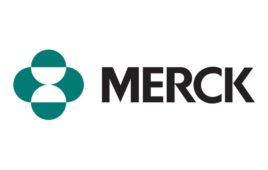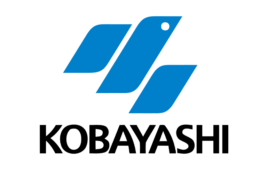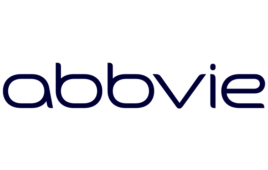Genentech, a member of the Roche Group, received FDA approval of the subcutaneous (SC) formulation of Actemra (tocilizumab) for the treatment of active systemic juvenile idiopathic arthritis (SJIA) in patients two years of age and older. Actemra can be given alone or in combination with methotrexate (MTX) in patients with SJIA. In 2011, FDA approved the intravenous (IV) formulation of Actemra for patients two years of age and older with active SJIA.
“Systemic juvenile idiopathic arthritis is a rare, debilitating disease with limited treatment options,” said Sandra Horning, M.D., chief medical officer and head of Global Product Development. “We are pleased to now offer physicians the flexibility to prescribe for children two years of age and older either Actemra IV, administered in a medical office, or Actemra subcutaneous, a prefilled syringe that can be injected at home.”
SJIA is the rarest form of juvenile idiopathic arthritis (JIA), a chronic arthritic disease affecting children.1 JIA affects nearly 300,000 children in the U.S., of which SJIA accounts for around 10 percent. SJIA is characterized by inflammation in one or more joints, and a daily, spiking fever for at least two weeks, which may be accompanied by a skin rash.1 Other symptoms may include anemia, enlargement of the liver or spleen, and inflammation of the lining of the heart and/or lungs.1
The approval is based on data from the JIGSAW-118 study, a 52-week, open-label, multicenter, Phase 1b pharmacokinetic (PK)/pharmacodynamic (PD) bridging study designed to determine the appropriate dosing regimen of Actemra SC across a range of body weights (BWs) in children with SJIA.2 The study enrolled 51 patients aged one to 17 years with SJIA and inadequate response to NSAIDs and corticosteroids who were either Actemra naive or were receiving Actemra IV with adequate disease control. Actemra SC was administered open label according to a body weight-based dosing regimen: SJIA patients weighing <30 kg received 162 mg of Actemra every two weeks or 10 days; and SJIA patients weighing ≥30 kg received 162 mg of Actemra every week for 52 weeks. Model-computed PK and PD parameters, and safety were assessed.
In general, the safety observed for Actemra SC was consistent with the known safety profile of Actemra IV, with the exception of injection site reactions (ISRs). A higher frequency of Actemra SC treated patients experienced ISRs, 41 percent (21/51), compared to patients treated with Actemra SC for other approved indications. All ISRs reported were non-serious, and none required patient withdrawal from treatment or dose interruption.
The efficacy of Actemra SC in children two to 17 years of age is based on PK exposure and extrapolation of established efficacy of Actemra IV in SJIA patients and Actemra SC in patients with rheumatoid arthritis (RA).
References
1 Arthritis Foundation. https://www.arthritis.org/about-arthritis/types/juvenile-idiopathic-arthritis-jia/what-is-juvenile-idiopathic-arthritis.php(Last accessed: July 19, 2018)
2 Brunner H et al. OP0103 Identification of optimal subcutaneous doses of tocilizumab in children with systemic juvenile idiopathic arthritis. Annals of the Rheumatic Diseases 2018;77:102.
(Source: Genentech)




